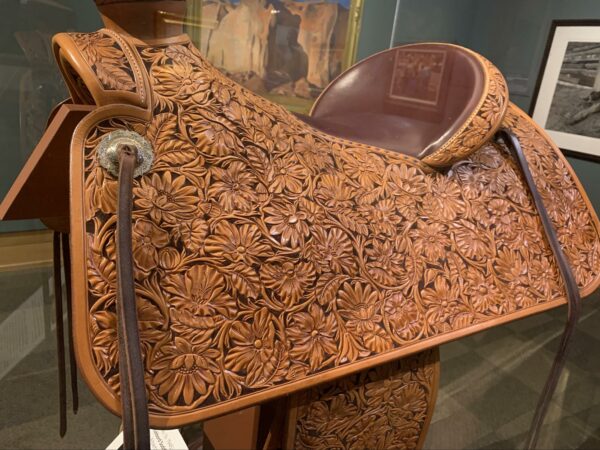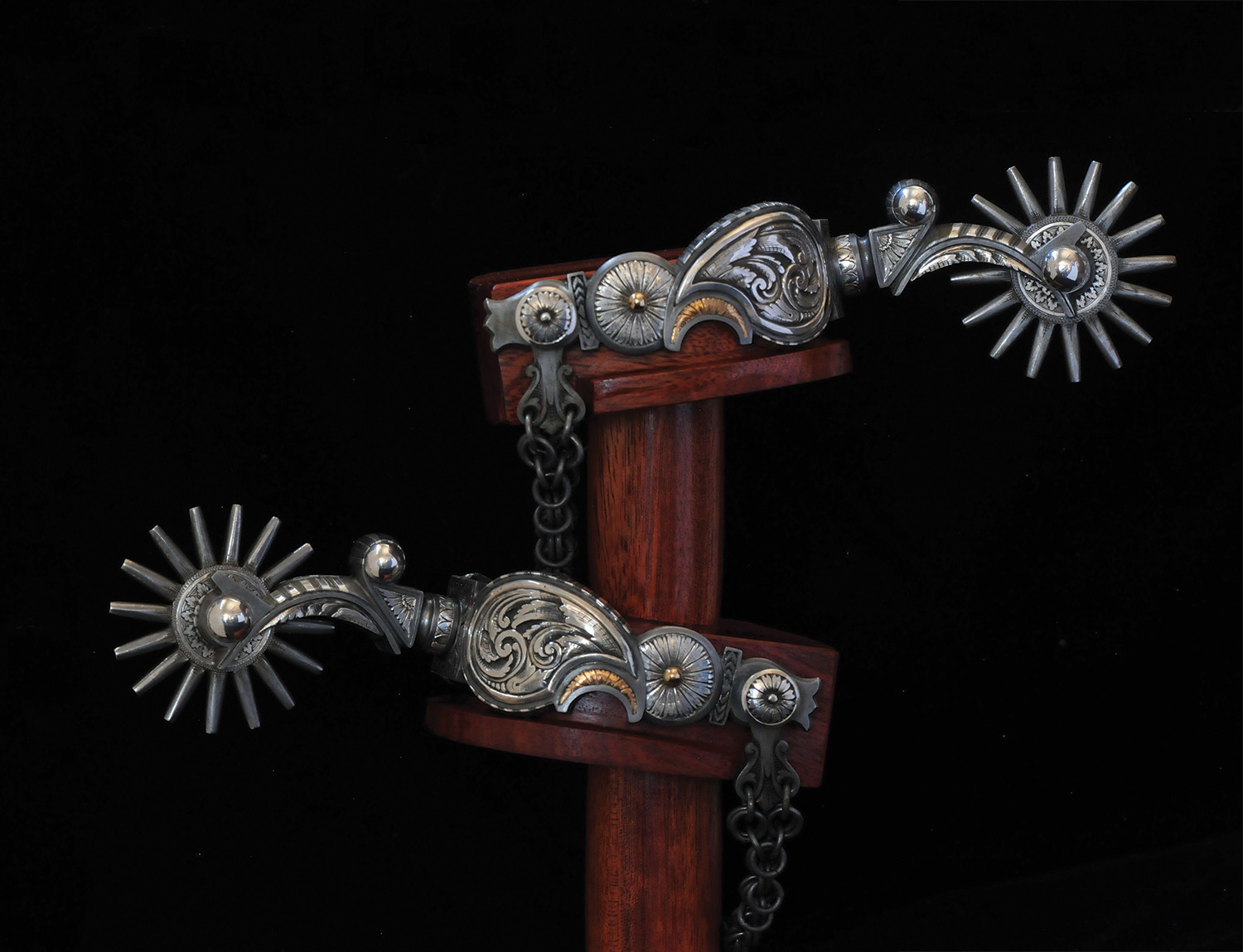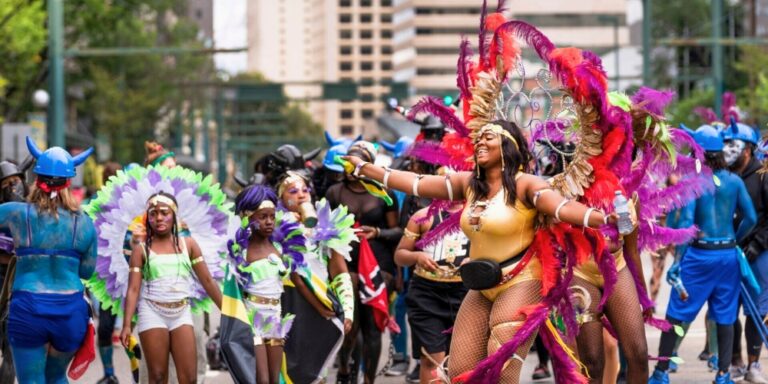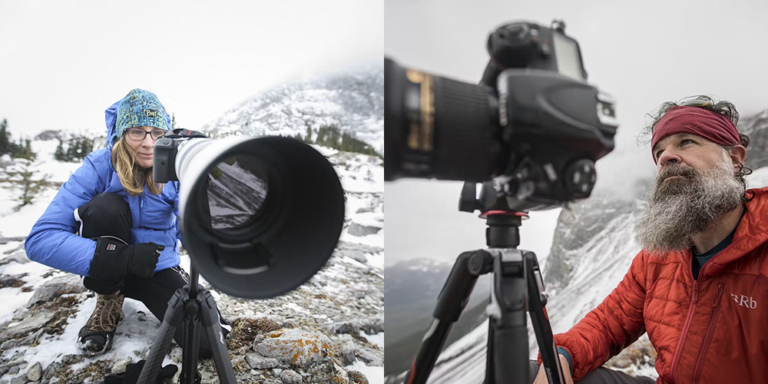Art takes many forms, many of which you won’t find in an art gallery.
To Chuck Stormes, art comes in the form of creating custom saddles.
Stormes has been crafting saddles for over 60 years, earning a reputation as the province’s top saddle maker.
But after six decades in the business north of Millarville, Stormes is ready to hang up his spurs; he’s closing the doors of Stormes Saddle Company.
Over the years, Stormes has worked with many clients, including pleasure riders, ranchers, and collectors.
Different Strokes
According to the skilled craftsman, saddle construction is similar for all his customers, but the art is in the adornment.


Ranchers and cowboys aren’t usually concerned with decorations or embellishments. They want pure function.
But for collectors, money is no object. At the request of these customers, Stormes crafts saddles using gold, silver, and exotic leathers and decorate them with complex toolings.
“Collectors may not specify very much of the saddle; they might leave a lot of it just up to me,” explained Stormes.
Some of his collector’s saddles fetch nearly six figures. Considering how long Stormes takes to craft a custom saddle, the price isn’t surprising.
A typical cowboy saddle takes about 30 hours of tooling, the process of engraving a saddle.
Collectors’ saddles are an entirely different beast, taking Stormes up to 300 hours of tooling. Tooling is just one step in the process of saddle-making.
Saddle artisans must also cut hides, case the leather, shade and sand, stitch and trim, and more.
Saddle-making is a labour of love that Stormes spent years perfecting.
A Long Journey to the Top
Stormes’ journey to become the best saddle maker in the province didn’t start in one place.
The craftsman worked in a number of different workshops before starting his own.
“I’ve worked in a succession of shops. Kind of all the ones that were available in southern Alberta, I had a stint in,” said Stormes.
But his skills were honed at one, where one of the staff became a mentor of sorts to Stormes.
“I was there because there was a great old saddle maker still working there. It wasn’t like it was his job to train me, but we were in the same shop. I could learn by observing, and I could ask him questions,” said Stormes.
In 1968, it was time for the Stormes to leave the nest after the last shop he worked in stopped making custom saddles.
From here, Stormes opened his own shop.
It was a big step. Stormes says it can take as many as ten years to become a journeyman in the business.
A journeyman is a skilled worker in a given trade or craft who has completed an apprenticeship.


Saddlemaking in the Future?
But times have changed since Stormes got his start as a master saddle craftsman.
Apprenticeships are hard to come by, and most workshops are run by one or two people who can’t afford to mentor.
Stormes’ may be retiring, but he isn’t about to let the art of saddle-making die.
Stormes is the former president and an emeritus member of the Traditional Cowboy Arts Association (TCAA), which was formed in the late 1990s.
The Association is supported by around a dozen craftsmen, including silversmiths, spur makers, saddle makers, and braiders. They aim to “hold onto the west” and keep traditional cowboy arts alive.
To accomplish their goal, the Association created a fellowship.
The fellowship funds people interested in learning Western craftsmanship, including saddle making.
“A recipient of one of those fellowships would have a year, with their travel and tuition basically paid for, to go and study with any of the members, who are considered to be masters in their trade,” said Stormes.
On top of fellowships, the Association hosts an annual exhibition to educate the public about Western craftsmanship.
As a founder, Stormes has quite a presence in the Association and has published many magazine articles.


Stormes also wrote a biography with Don Reeves, the curator and McCasland Chair of Cowboy Culture at the National Cowboy and Western Heritage Museum in Oklahoma, United States.
The biography dives into the life of famous rawhide braider Luis Ortega, who invented the dyeing of rawhide.
Stormes stopped taking orders six years ago and has had a backlog of five to six years for the last 20 years.
But Stormes expects to finish his last saddle this winter, marking the end of Stormes Saddle Company.
As Stormes approaches retirement, the craftsman said he wants to finish different writing projects he hasn’t had the time to do.
Stormes might be hanging up his toolbelt, but the art of saddle-making is still alive, thanks to TCAA.
Our province is built on tradition.
We do not doubt that a new, exceptional artisan will meet or exceed Stormes’ reputation.
That’s what Albertans do: we excel!






